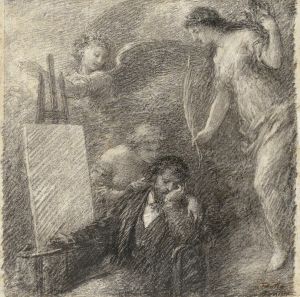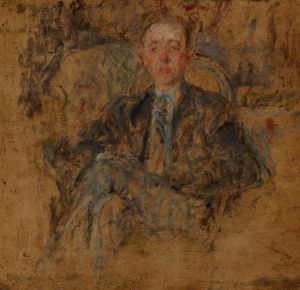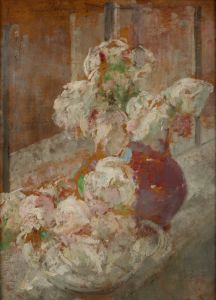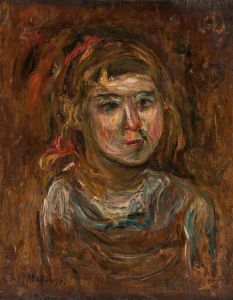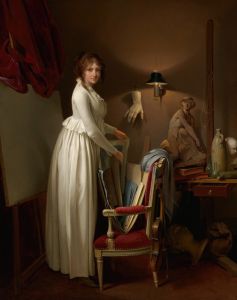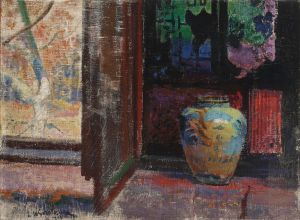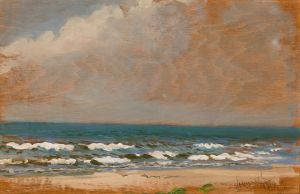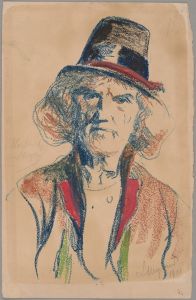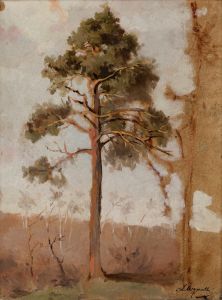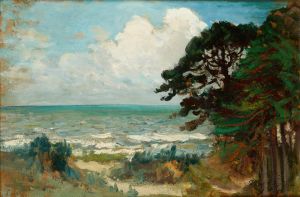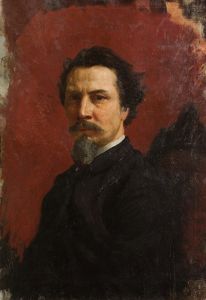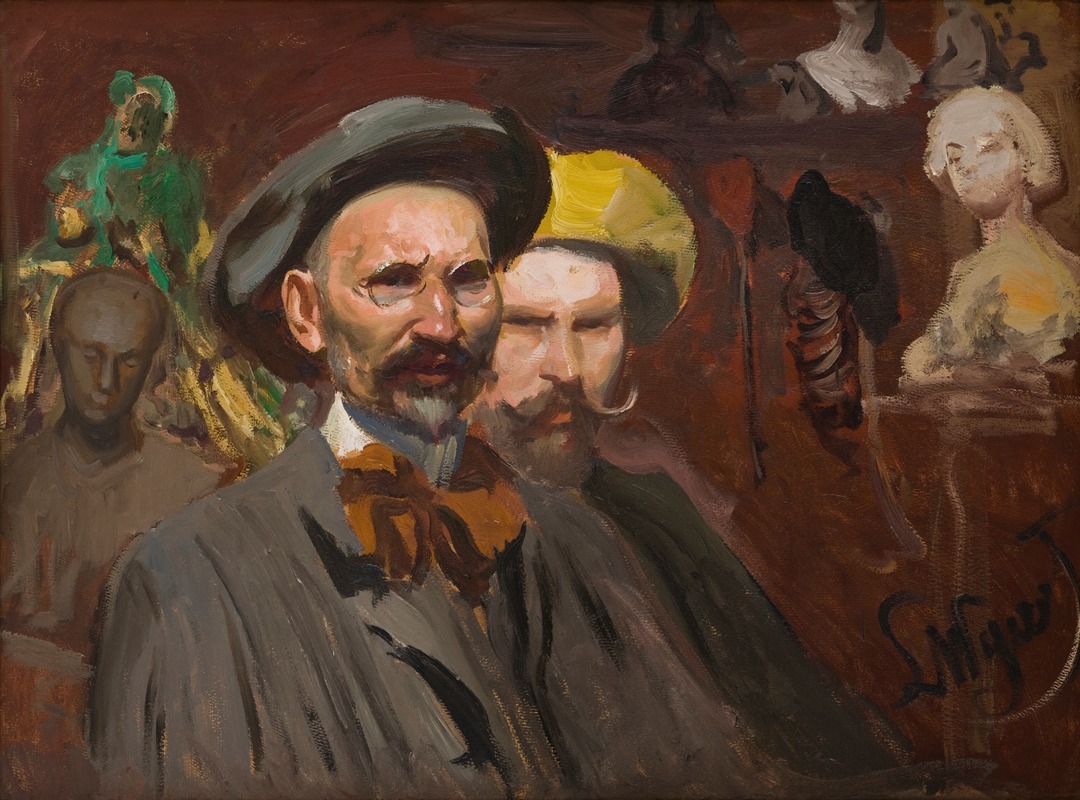
Self-Portrait with Konstanty Laszczka
A hand-painted replica of Leon Wyczółkowski’s masterpiece Self-Portrait with Konstanty Laszczka, meticulously crafted by professional artists to capture the true essence of the original. Each piece is created with museum-quality canvas and rare mineral pigments, carefully painted by experienced artists with delicate brushstrokes and rich, layered colors to perfectly recreate the texture of the original artwork. Unlike machine-printed reproductions, this hand-painted version brings the painting to life, infused with the artist’s emotions and skill in every stroke. Whether for personal collection or home decoration, it instantly elevates the artistic atmosphere of any space.
Leon Wyczółkowski was a prominent Polish painter and graphic artist, known for his contributions to the Young Poland movement and his diverse artistic styles. One of his notable works is "Self-Portrait with Konstanty Laszczka," which captures the essence of his artistic prowess and his connection with other artists of his time.
Leon Wyczółkowski was born on April 11, 1852, in Huta Miastkowska, Poland. He studied at the School of Fine Arts in Warsaw and later at the Academy of Fine Arts in Munich. Throughout his career, Wyczółkowski was known for his versatility, working in various mediums including oil painting, watercolor, and pastel. His subjects ranged from landscapes and portraits to still lifes and genre scenes.
"Self-Portrait with Konstanty Laszczka" is an intriguing piece that showcases Wyczółkowski's skill in portraiture. The painting features Wyczółkowski himself alongside Konstanty Laszczka, a fellow artist and sculptor. Laszczka was a significant figure in Polish art, known for his sculptures and his role as a professor at the Academy of Fine Arts in Kraków. The inclusion of Laszczka in the portrait highlights the camaraderie and mutual respect between the two artists.
The painting is characterized by its detailed depiction of the subjects and the use of light and shadow to create depth and realism. Wyczółkowski's ability to capture the likeness and personality of his subjects is evident in this work. The self-portrait aspect of the painting also provides insight into Wyczółkowski's self-perception and his relationship with his contemporaries.
Wyczółkowski's style was influenced by various art movements, including Impressionism and Realism, which is reflected in his use of color and attention to detail. His works often exhibit a keen observation of nature and a deep understanding of human emotion, which are evident in "Self-Portrait with Konstanty Laszczka."
Throughout his life, Wyczółkowski was an active participant in the Polish art scene. He was a member of the Society of Polish Artists "Sztuka" and contributed to the development of Polish art during a time of cultural resurgence. His works were exhibited in numerous exhibitions, both in Poland and internationally, earning him recognition and acclaim.
"Self-Portrait with Konstanty Laszczka" is a testament to Wyczółkowski's artistic talent and his connections within the art community. It serves as a historical document that captures the spirit of collaboration and friendship among artists during the late 19th and early 20th centuries.
Leon Wyczółkowski passed away on December 27, 1936, in Warsaw, leaving behind a rich legacy of art that continues to be celebrated today. His works, including "Self-Portrait with Konstanty Laszczka," remain an important part of Polish cultural heritage, offering insight into the artistic movements and social dynamics of his time.





